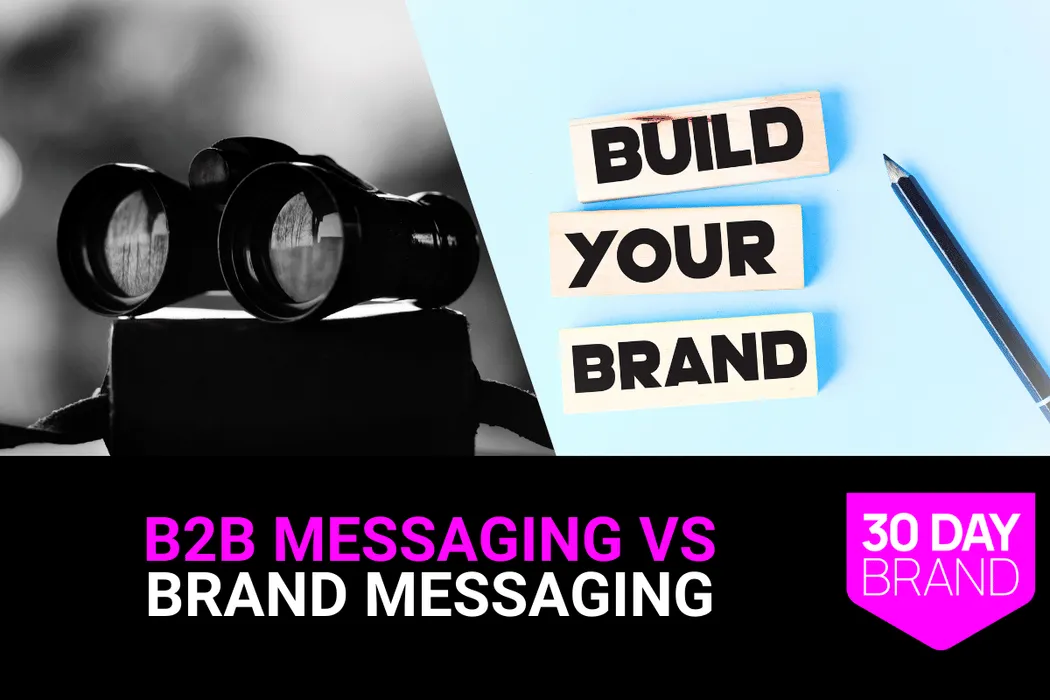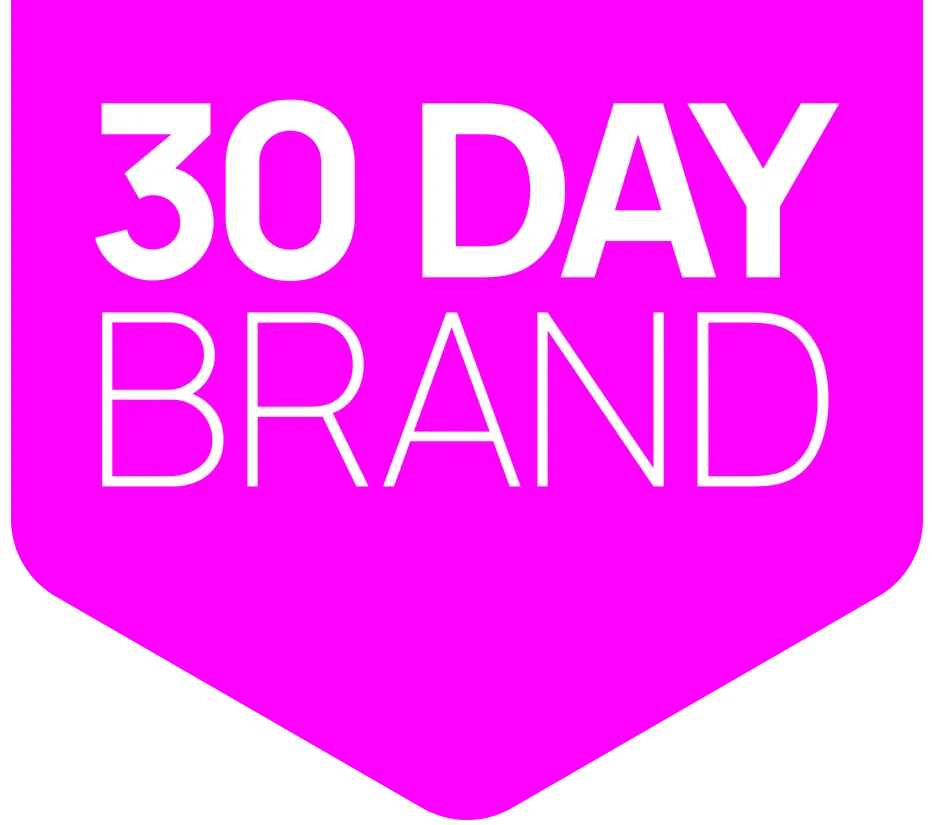
Business Messaging vs Brand Messaging: Understanding the Difference
Quick Definition
Brand Messaging = The high-level, emotional story of who you are and why you exist. It’s your soul. Business Messaging = The tactical, logical language you use to get someone to buy something right now. It’s your sales pitch. You need both, but they are not the same thing.
The Pain of Confusing the Two
You’re trying to close a deal, and you’re talking about your company’s mission to “empower humanity.” The prospect’s eyes glaze over. Or you’re trying to build a loyal following on social media, and you’re just shouting about your product’s features. Crickets. This is what happens when you confuse brand messaging with business messaging.
Companies that fail to distinguish between the two have a 33% lower marketing ROI (McKinsey, 2024) because they’re constantly sending the right message to the wrong audience at the wrong time. You’re frustrated because your heartfelt brand story isn’t closing deals, and your hard-hitting sales pitch isn’t building a loyal community. It’s time to stop the confusion and learn how to use the right tool for the right job.
The Core Differences: A No-BS Breakdown
When to Use Each: A Practical Guide
When to Use Brand Messaging:
On your homepage: This is your first impression. Lead with your why.
In your social media bio: This is your digital handshake. Tell people who you are, not just what you sell.
In your company story: This is where you build the emotional connection that turns customers into fans.
In your recruiting materials: You’re not just selling a job; you’re selling a mission.
During a PR crisis: When things go wrong, your brand is all you have.
When to Use Business Messaging:
On your product pages: This is where you need to be crystal clear about what you’re selling and why it’s better than the alternatives.
In your sales emails: You have 5 seconds to get their attention. Get to the point.
In your Google Ads: You’re paying for every click. Make sure your message is targeted and compelling.
On your landing pages: This is where you turn a click into a lead. Be direct and specific.
During a sales negotiation: This is where you need to be able to articulate your value in a way that justifies your price.
How They Work Together: The 1-2 Punch
Brand messaging and business messaging aren’t enemies; they’re partners. They work together to create a powerful one-two punch that both builds a loyal brand and drives immediate sales.
Brand messaging is the jab. It’s the constant, consistent message that builds trust and sets the stage. It’s what makes people like you, remember you, and want to do business with you.
Business messaging is the right hook. It’s the targeted, specific message that gets them to take action. It’s what turns a follower into a customer.
You need both. A brand without a business message is a charity. A business without a brand message is a commodity.
Quick Implementation Guide
Start here: Audit your own messaging. Take your last 5 marketing emails and your last 5 social media posts. Are they brand messages or business messages? Are you using the right tool for the job?
Then do this: Write down your brand message on one sticky note and your business message on another. Put them on your monitor. Before you write anything, ask yourself: “Am I trying to build a relationship or drive an action?”
Measure this: Your sales cycle length. When you get this right, you’ll find that your sales cycle gets shorter because your prospects are already warmed up by your brand messaging before you ever get on the phone with them.
Key Statistics
Companies that fail to distinguish between brand and business messaging have a 33% lower marketing ROI (McKinsey, 2024).
64% of consumers say that shared values are the primary reason they have a trusted relationship with a brand (Forrester, 2024).
Personalized business messaging can increase conversion rates by up to 202% (Episerver, 2024).
FAQ
Which one is more important?
That’s like asking which wing of an airplane is more important. You need both to fly. Brand messaging creates the long-term value; business messaging captures it.
Can my brand message and business message be the same?
No. Your business message should be an extension of your brand message, but it should be much more specific and action-oriented. Your brand message is your constitution; your business message is the law you pass today.
How do I create a brand message?
That’s a big question. It starts with understanding your “why.” Why did you start this business? What do you believe in? What do you want to be known for? It’s a process of introspection and discovery. Our business messaging framework can help you get started.
How do I create a business message?
That’s about understanding your customer’s pain. What problem are they trying to solve right now? What are their objections? What do they need to hear to take the next step? Our guide on how to create clear business messaging is a great place to start.
What if I’m just a small business? Do I really need both?
Especially if you’re a small business. You can’t outspend your bigger competitors, so you have to out-think them. A strong brand message will help you build a loyal following, and a clear business message will help you turn that following into a profitable business.
Ready to Stop Confusing and Start Connecting?
You now understand the critical difference between brand messaging and business messaging. You know when to use each one and how they work together to create a powerful growth engine for your business.
Here’s what to do next:
Step 1: Start with our FREE Brand Message Analyzer Tool to see if you’re suffering from brand/business message confusion. It will give you a quick, objective assessment of your current messaging.
Step 2: Take your homepage and your last sales email and put them side-by-side. Is your homepage telling your brand story? Is your sales email driving a specific action? If not, fix it.
Step 3: For a comprehensive system that helps you build both your brand and your business messaging, explore our proven SCALE System. It’s the framework we use to help our clients build brands that people love and businesses that grow.
Step 4: When you’re ready for an expert to help you create a messaging strategy that is both emotionally resonant and financially rewarding, book a call with our team. We’ll help you find the right words to build your brand and your bottom line.
Remember: your brand is your soul, and your business is your sales pitch. Don’t confuse the two. Use your brand to build a tribe and your business message to build a bank account.
Your competitors are still shouting one-size-fits-all messages into the void. You can be the one who whispers the right message at the right time.










